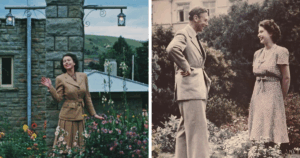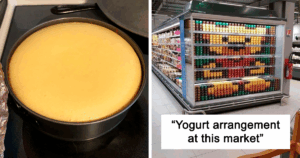**Discover the Shocking Transformation of Lobsters: Why They Turn Bright Red in Boiling Water**
Ever stared into the saucer-like eyes of a cooked lobster and felt a twinge of guilt? I mean, who really thinks about how Moe the Crab got to that lovely shade of red? Well, let me put your conscience at ease. Turns out, that fiery hue isn’t some scarlet tribute to a lost life, but rather the colorful conclusion of a rather scientific hoopla.
The culinary world has served us many a visual trick, but have you ever paused to wonder, what’s the deal with the lobsters flipping colors when they hit the pot? When was the last time you found yourself snipping away at a flamingo-pink claw and thought, “Huh, chemistry’s at play here, huh?”
Join me on a dive into the unexpected palette of lobster transformation. And trust me, **you’re going to want some lobster with that sunset**.

If the fire-engine red hue of the lobster on your plate makes you painfully aware that it was boiled alive, think of it this way: The bright color is simply the result of a chemical reaction.
The usual greenish-blue shade that lobsters have in the sea serves them well in life, camouflaging them from the predatory eyes of cod, haddock, and other large fish that prowl the ocean floor. Anita Kim, a scientist at the New England Aquarium, explained to Live Science that this color results from the combination of two molecules.
One is astaxanthin, a bright red carotenoid that lobsters absorb by eating things that contain it. The other is crustacyanin, a protein that already exists in lobsters. When crustacyanin binds with astaxanthin, it twists the molecule into a different shape, which changes how it reflects light. So instead of red, live lobsters are blue.









